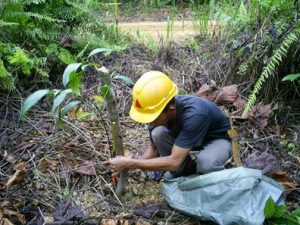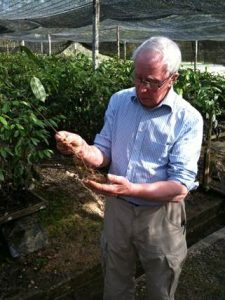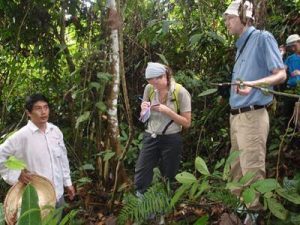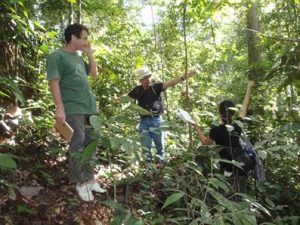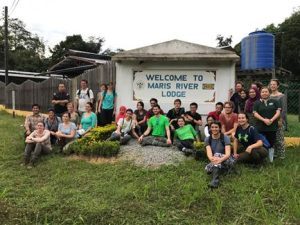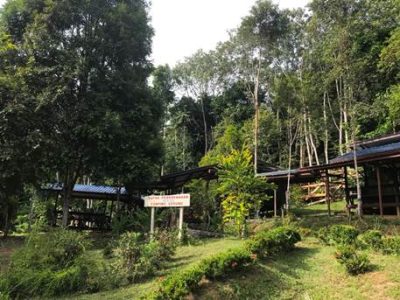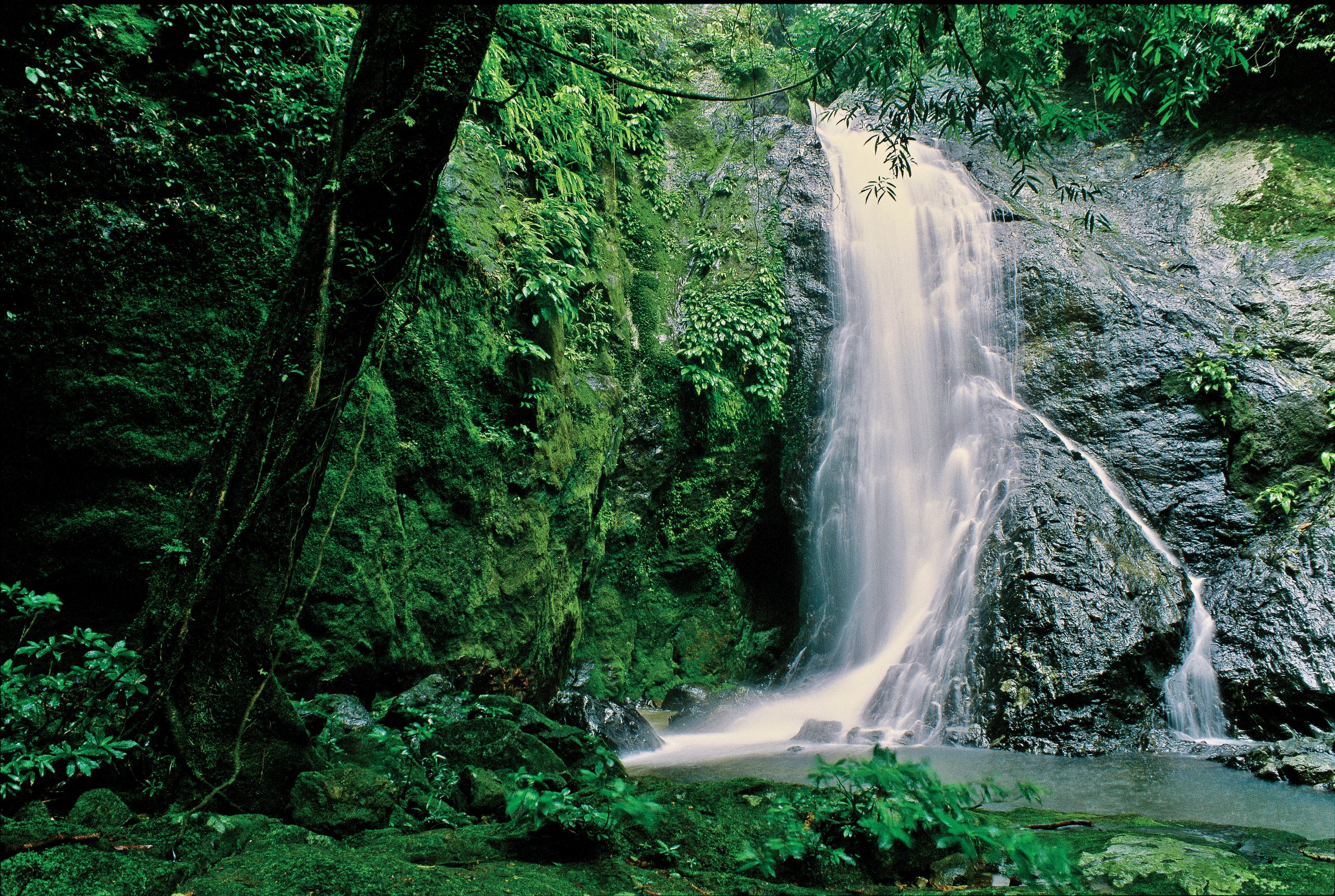
activity
Research Activity
Research Support
SUAS is active in providing technical and research supports to INIKEA. To date more than 30 graduates and post-graduates studies have been completed by local and foreign students at INIKEA covering different aspect of sciences. Other local students of University Malaysia Sabah (UMS) also conduct their research in INIKEA.
Support Development Programme
The INIKEA’s Research Unit is conducting applied research to support the development programmes. Common experiments include comparison of line and gap-cluster planting methods, nursery media trials, fertilizer trials, seedling vs. wilding stocks, size of seedlings, opened-area planting, etc. Our Research Assistants are experienced in providing research supports to scientists and researchers at INIKEA.
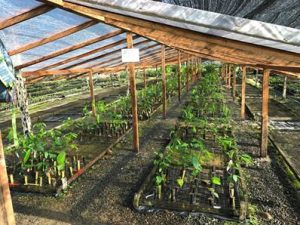
Researcher Quarters
There are three 3-rooms fully-furnished researcher quarters in Luasong. This facility can be rented to researchers or visitors for short- or long-term stays. INIKEA also owns two lodges within its project area, i.e. Maris River Lodge (Maris) and Marimba Lodge (Marimba). Maris River Lodge (MRL) is a fully equipped 20 pax hostel beds with a good kitchen and meeting facilities. MRL is located about 40 minutes drive from Luasong. Marimba Lodge which is another 40 minutes drive from Maris is a 6 pax hostel beds at the edge of Kalabakan River. Sighting of wild animals such as Elephants, Banteng, Deer, Mouse Deer, Wild boar, Civet, Monkey, Flying squirrel, etc. are common around the lodges. Callings by Bornean gibbons and Hornbills can be heard at almost every visit to Marimba.
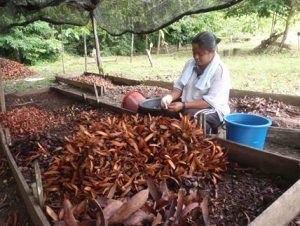
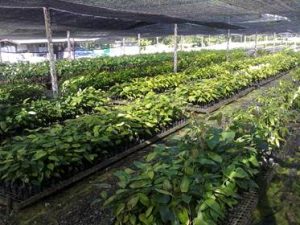
Nursery Activity
The preparation of planting materials is done at INIKEA Nursery, located at Luasong Forestry Centre, Tawau. There are two plant production methods; propagation by seeds and collection of wildings. Seeds are collected during fruiting seasons, germinated and selectively transplanted into plastic bags for growing. As forest trees do not fruit regularly, we produce planting material by wildings to ensure continuous supply of good planting materials. In order to have a good proportion of species in the nursery, we maintain a composition of Dipterocarps (70%), non-Dipterocarps (25%) and wild fruit trees (5%) in the stocking. A total of 60 – 70 species is normally available at any one time.
Field Activity
Line Planting
The fully grown seedlings are sent to the field for planting at ages between 8 to 24 months. There are two planting methods namely, the line and the gap-cluster plantings. In line planting, seedlings are planted at a distance of 3 m to each other along a 2 m wide planting line. The planting lines are created every 10 m interval in the forest.
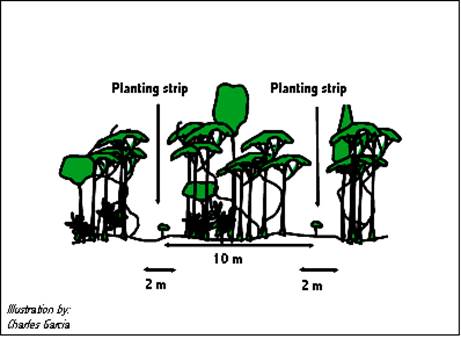
Gap-Cluster Planting
In gap-cluster planting, a gap is located at the most suitable spot in every sub-quadrate of 10 m by 10 m. Four of the sub-quadrates make up a quadrate of 20 m by 20 m. During Phases 1 and 2, three seedlings of different species are planted in each gap. The number of seedling per gap is increased to four in the subsequent phases to compensate for mortality. For both planting methods at least 25 different species are planted per block to secure the biodiversity requirement of the project.
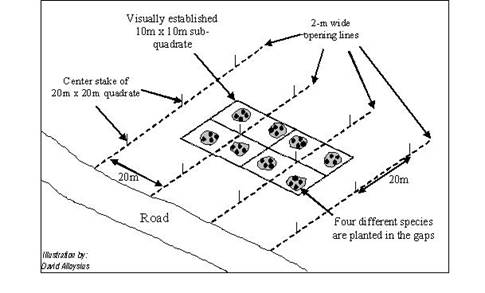
Site Preparation
Site preparation is performed several months before planting. The common site preparation activities are surveying for planting block demarcation, climber cutting, ring-girdled of selected Macaranga spp. (if necessary) and removing undergrowth to allow more light reaching the forest floor. The staffs are trained to identify natural regenerations during the site preparation works. Tending with shade adjustments is required up to 10 years after planting. Field censuses are conducted three months after planting and subsequently three years later to determine the survival status of the planted seedlings. 100% resupply is conducted if the survival at 3 months after planting is less than 90%. Resupply 3 years after planting is also done if the survival is less than 65%.
